 If you wanted an episode that distilled down pretty much everything one looks for in an Adachi series (apart from romance, mostly) this would be a damn good one. It had just about everything baseball-related, and a healthy dollop of fourth-wall breakage as well (though Adachi has pretty well demolished that structure long before now). We’re even seeing signs of modernization for the master as far as the game is concerned, which in an oeuvre where timelessness is everything is quite a development.
If you wanted an episode that distilled down pretty much everything one looks for in an Adachi series (apart from romance, mostly) this would be a damn good one. It had just about everything baseball-related, and a healthy dollop of fourth-wall breakage as well (though Adachi has pretty well demolished that structure long before now). We’re even seeing signs of modernization for the master as far as the game is concerned, which in an oeuvre where timelessness is everything is quite a development.
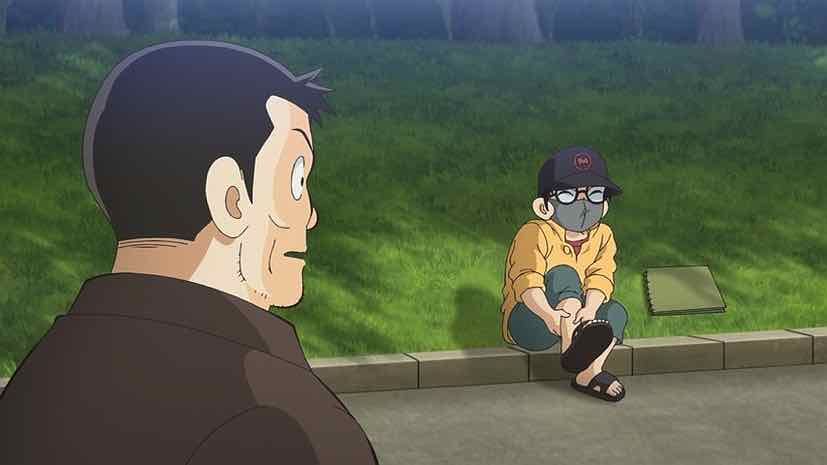 The quarter-finals are the order of the day, and it’s only seeded teams left. “Almost a little too predictable”, Nishimura-papa muses. But while his son opines that the people are demanding a Kenjou-Seinan final, Dad corrects him – what they actually want is Meisei vs. Kenjou Or rather, Meisei vs. Sumi Tech, even though the name has been consigned to the history books. That was the matchup of legend, the game that spawned a million stories told by middle-aged men who saw it (or were a part of it). The reason we’re all here, as it were.
The quarter-finals are the order of the day, and it’s only seeded teams left. “Almost a little too predictable”, Nishimura-papa muses. But while his son opines that the people are demanding a Kenjou-Seinan final, Dad corrects him – what they actually want is Meisei vs. Kenjou Or rather, Meisei vs. Sumi Tech, even though the name has been consigned to the history books. That was the matchup of legend, the game that spawned a million stories told by middle-aged men who saw it (or were a part of it). The reason we’re all here, as it were.
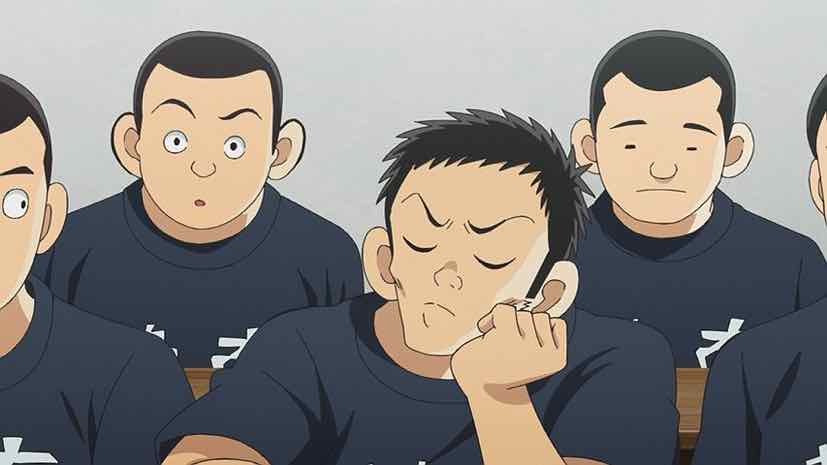 It’s interesting to get basically a Takumi-focused ep at this stage, but that’s pretty much what this was. His resentment at being overlooked has been a staple of Mix, but there’s never been so much talk of how true that is. He even shows up at a Meisei practice (after a spell of stalking Otomi), and starts a dialogue with Touma (who, having just pitched, is on his rest day). He asks who will pitch in the quarter-final; Touma replies “that’s up to the manager”. This is a new thing for Adachi, actively incorporating pitcher fatigue in the narrative. Perhaps it’s a concession to the times, when the abuse of young arms has rightly become a hot-button issue in Japanese schoolboy baseball.
It’s interesting to get basically a Takumi-focused ep at this stage, but that’s pretty much what this was. His resentment at being overlooked has been a staple of Mix, but there’s never been so much talk of how true that is. He even shows up at a Meisei practice (after a spell of stalking Otomi), and starts a dialogue with Touma (who, having just pitched, is on his rest day). He asks who will pitch in the quarter-final; Touma replies “that’s up to the manager”. This is a new thing for Adachi, actively incorporating pitcher fatigue in the narrative. Perhaps it’s a concession to the times, when the abuse of young arms has rightly become a hot-button issue in Japanese schoolboy baseball.
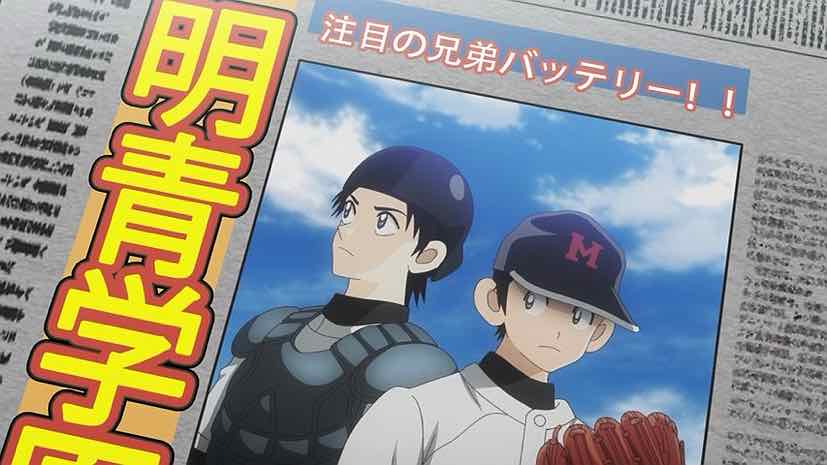 In the event, it’s pretty clear that Takumi wants Meisei in the semis – he’s desperate to give his dad the rematch he dreams of and to steal the spotlight from the Tachibros. That’s probably the main reason he elects to give Ichiban some advice, though he’s enough of a baseball otaku and straight-up guy that maybe seeing something of himself in Meisei’s baby baller he couldn’t stand to see the first-year’s mechanics out of whack. Souichirou allowing it is the proof that Takumi’s advice was good (the evidence will come on the field in the quarter-final game, which Natsuno-kun does indeed start and win).
In the event, it’s pretty clear that Takumi wants Meisei in the semis – he’s desperate to give his dad the rematch he dreams of and to steal the spotlight from the Tachibros. That’s probably the main reason he elects to give Ichiban some advice, though he’s enough of a baseball otaku and straight-up guy that maybe seeing something of himself in Meisei’s baby baller he couldn’t stand to see the first-year’s mechanics out of whack. Souichirou allowing it is the proof that Takumi’s advice was good (the evidence will come on the field in the quarter-final game, which Natsuno-kun does indeed start and win).
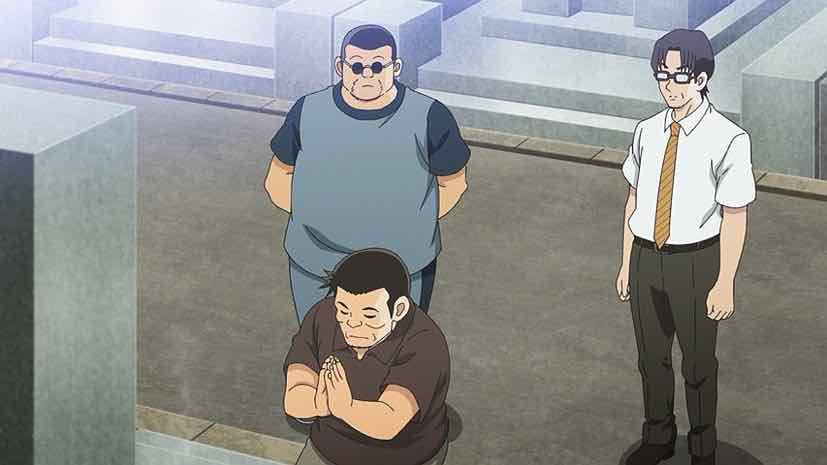 As for Harada and that mysterious voice, it was Ishida Akira and he was talking to Shouhei. Their next encounter occurs as a drive-by with Otomi and Takumi as witnesses, and while there’s a red herring with a bystander artist, it’s clear the guy was talking to our Harada even if we have no idea who he is. It’s also clear – again – that Shouhei recognizes the name, and I don’t think it’s a coincidence that he refers to Takumi as his “classmate” immediately after. This is still dragging on too long but these incidents have triggered something for sure, and hopefully this trickle of memories will turn into a flood.
As for Harada and that mysterious voice, it was Ishida Akira and he was talking to Shouhei. Their next encounter occurs as a drive-by with Otomi and Takumi as witnesses, and while there’s a red herring with a bystander artist, it’s clear the guy was talking to our Harada even if we have no idea who he is. It’s also clear – again – that Shouhei recognizes the name, and I don’t think it’s a coincidence that he refers to Takumi as his “classmate” immediately after. This is still dragging on too long but these incidents have triggered something for sure, and hopefully this trickle of memories will turn into a flood.
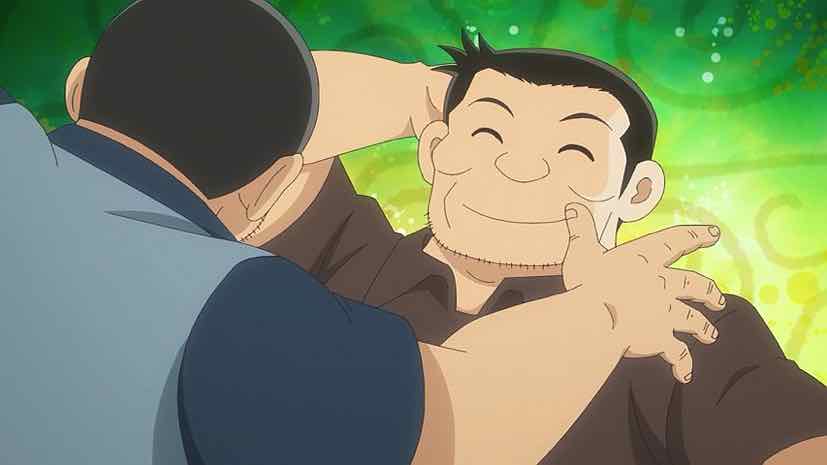 Adachi-sensei’s infamous self-referential humor is squarely on display here, with a couple of dudes reading Monthly Shounen Sunday at Dragon as the narrator talks about the “digest” from the quarter-finals. “Isn’t that a spoiler that nothing unexpected will happen?” they protest. But a mysterious guy at the counter (who could it possibly be?) cautions them that this author’s motto is “Meet their hopes. Betray their expectations.”. Adachi then goes on, of course, to deliver exactly the expected results in the quarter-finals – and when the dudes complain, the guy at the counter has mysteriously disappeared.
Adachi-sensei’s infamous self-referential humor is squarely on display here, with a couple of dudes reading Monthly Shounen Sunday at Dragon as the narrator talks about the “digest” from the quarter-finals. “Isn’t that a spoiler that nothing unexpected will happen?” they protest. But a mysterious guy at the counter (who could it possibly be?) cautions them that this author’s motto is “Meet their hopes. Betray their expectations.”. Adachi then goes on, of course, to deliver exactly the expected results in the quarter-finals – and when the dudes complain, the guy at the counter has mysteriously disappeared.
 The real test of that premise, of course, starts now. I’m not sure there’s necessarily an “expected” winner between Seinan and Meisei as they’re both major players in the story, but precedent would suggest it’s most likely in the Tokyo final that Meisei will fall – against the former Sumi Tech. If and when we get that matchup, there most certainly will be a firm set of expectations – Meisei getting to Koushien with Touma and Souichirou in their second-year would break pretty much every rule in the book (and not just Adachi’s books, either). But he’s not getting any younger, so who knows?
The real test of that premise, of course, starts now. I’m not sure there’s necessarily an “expected” winner between Seinan and Meisei as they’re both major players in the story, but precedent would suggest it’s most likely in the Tokyo final that Meisei will fall – against the former Sumi Tech. If and when we get that matchup, there most certainly will be a firm set of expectations – Meisei getting to Koushien with Touma and Souichirou in their second-year would break pretty much every rule in the book (and not just Adachi’s books, either). But he’s not getting any younger, so who knows?


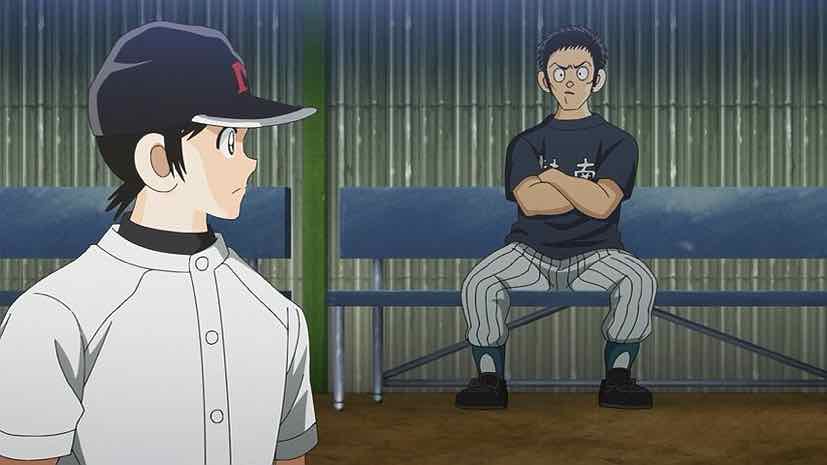
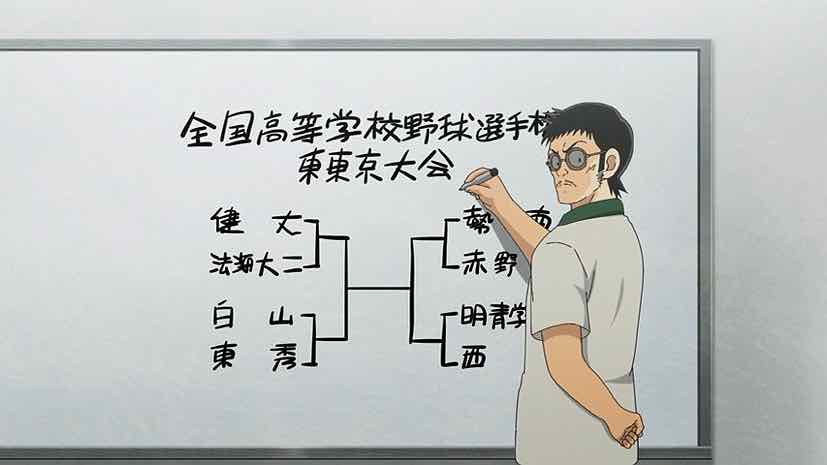

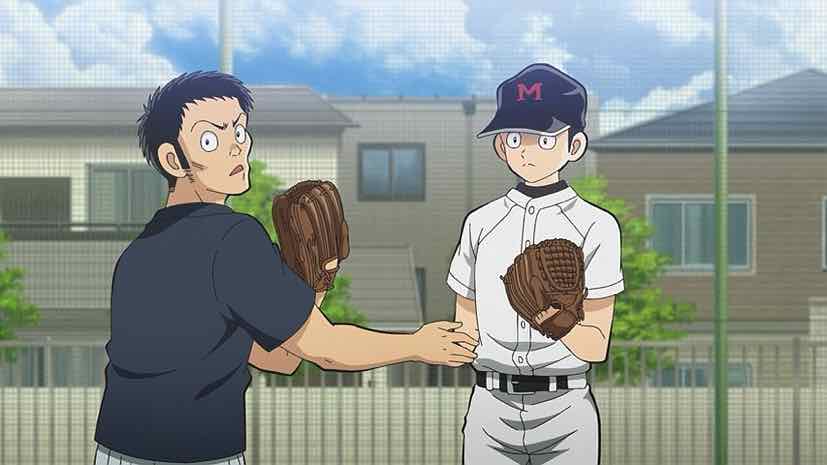
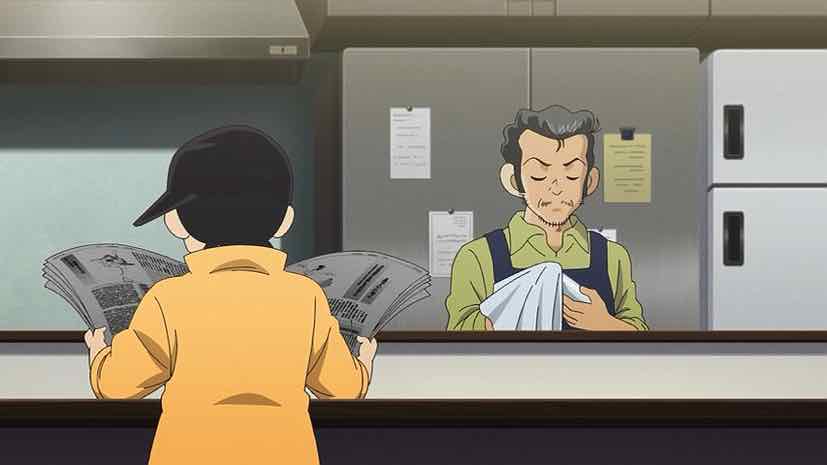
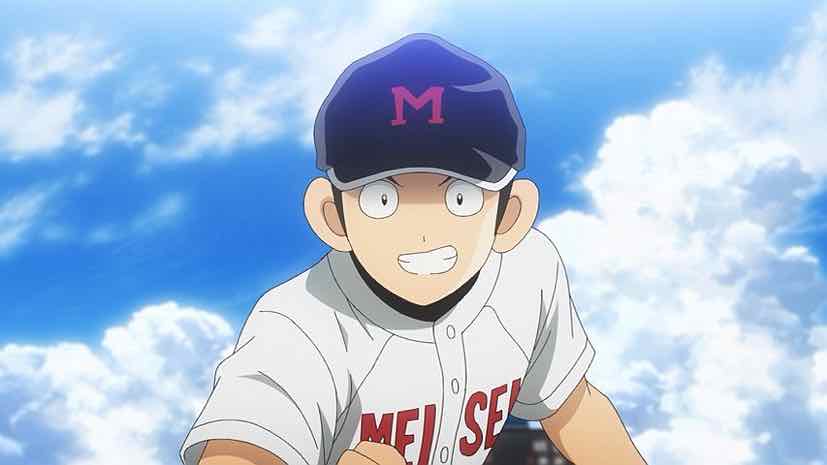
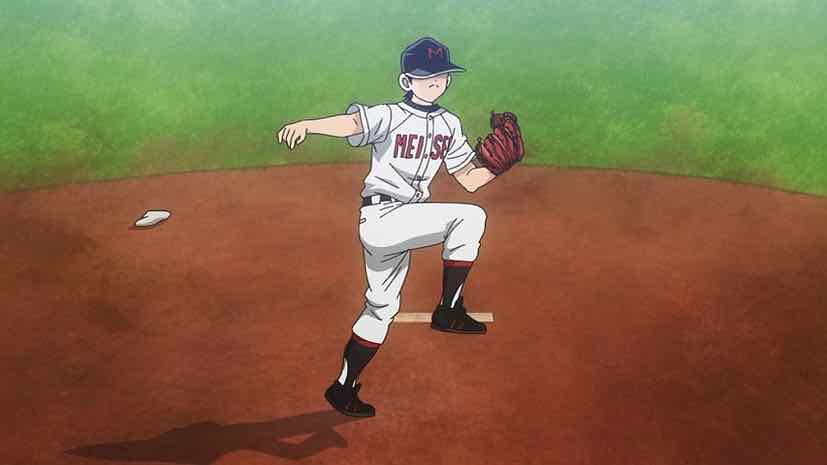
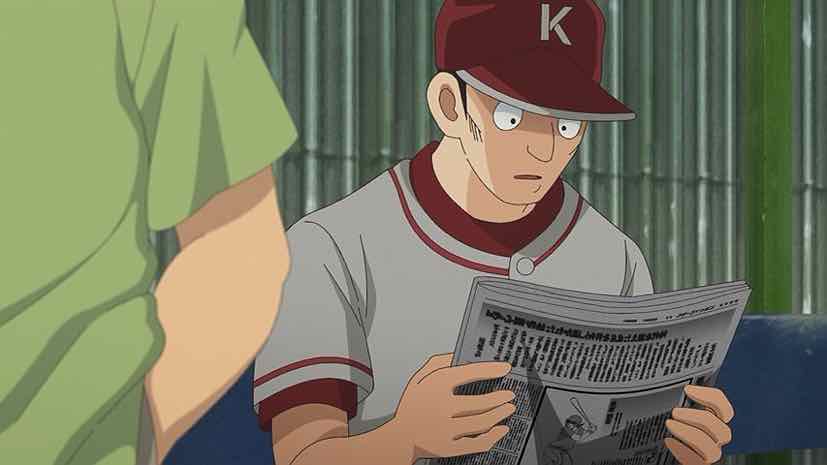
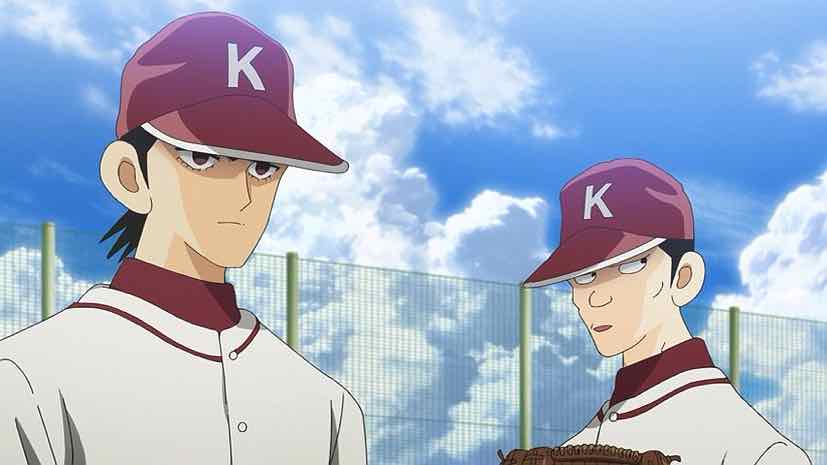
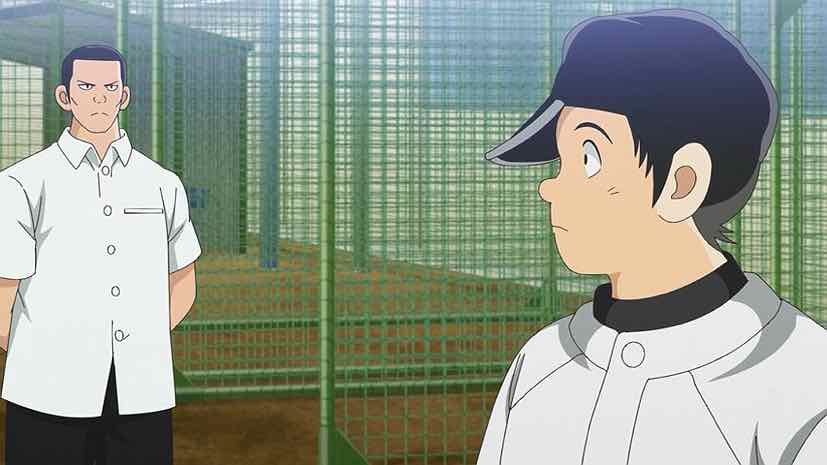

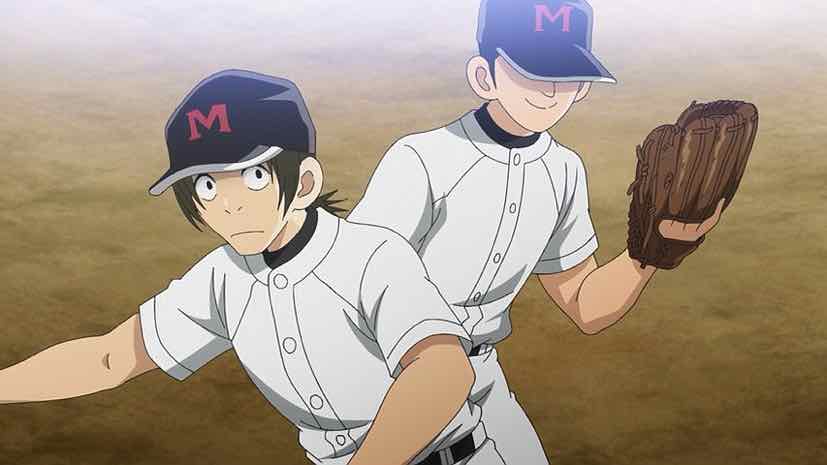
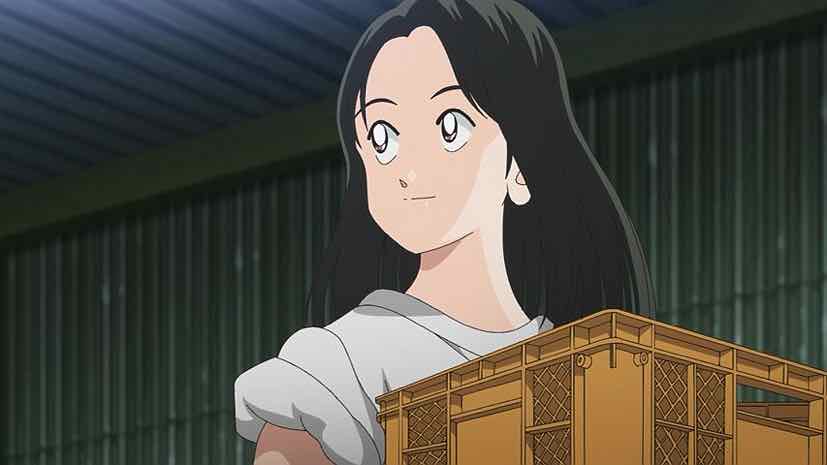

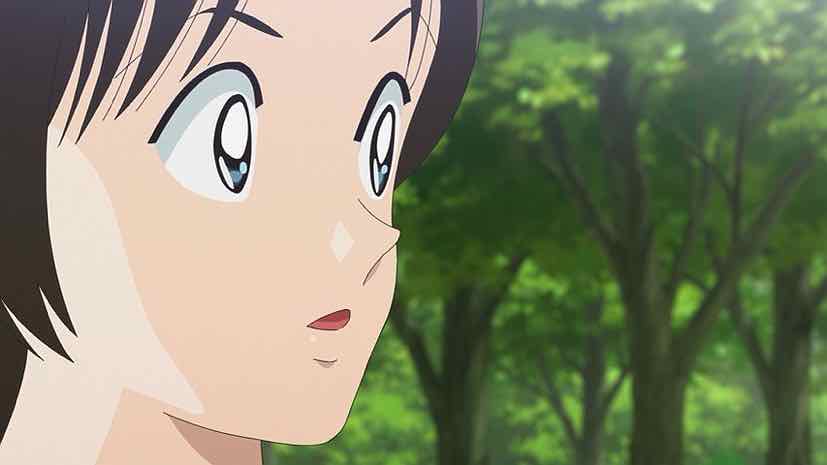
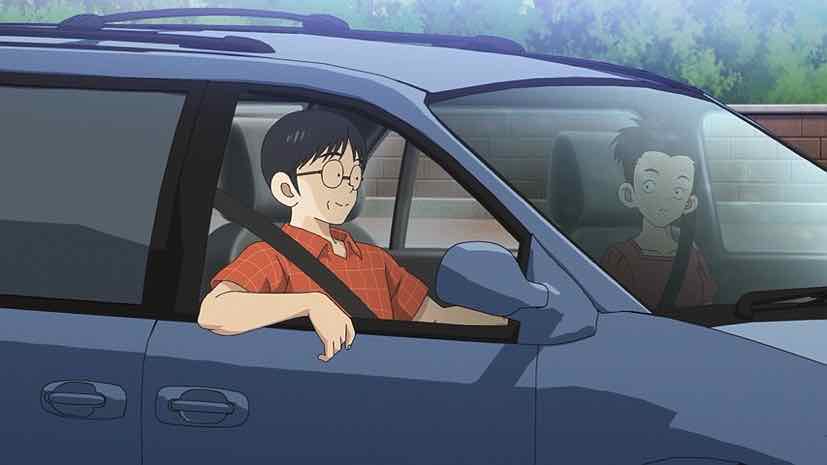
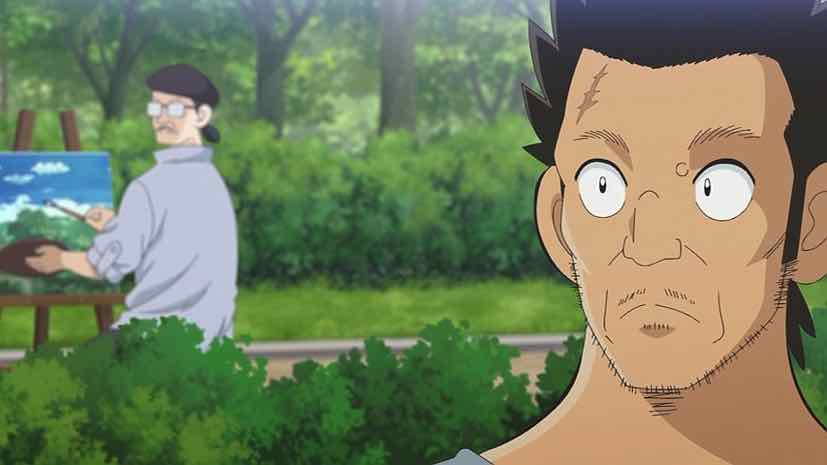
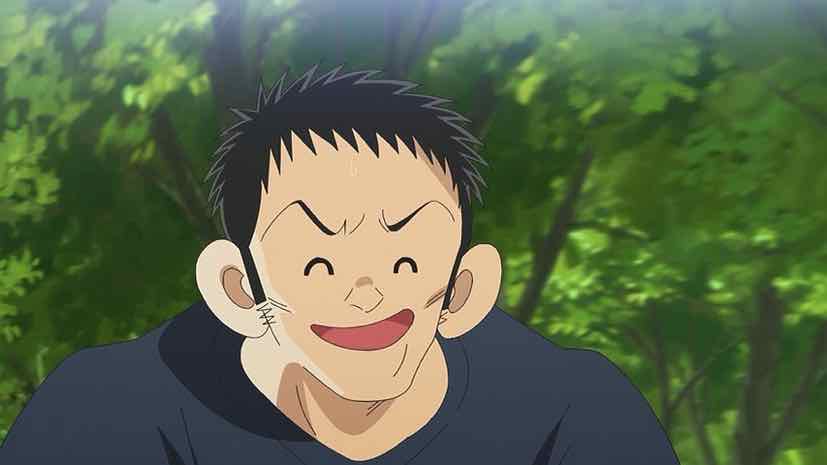
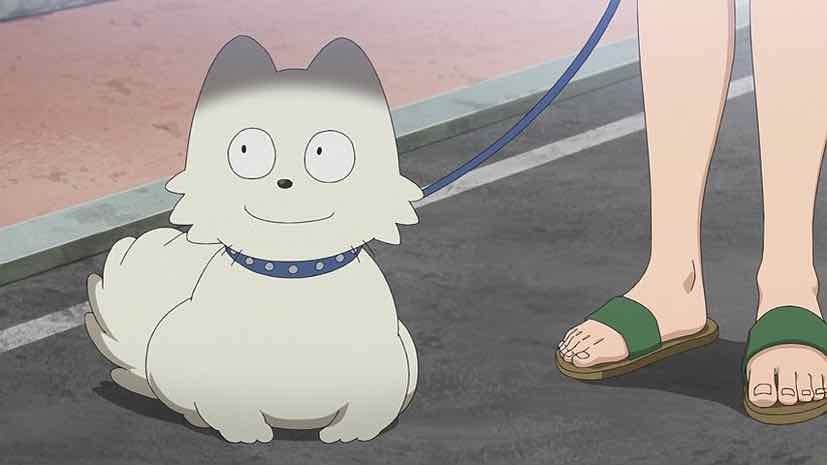
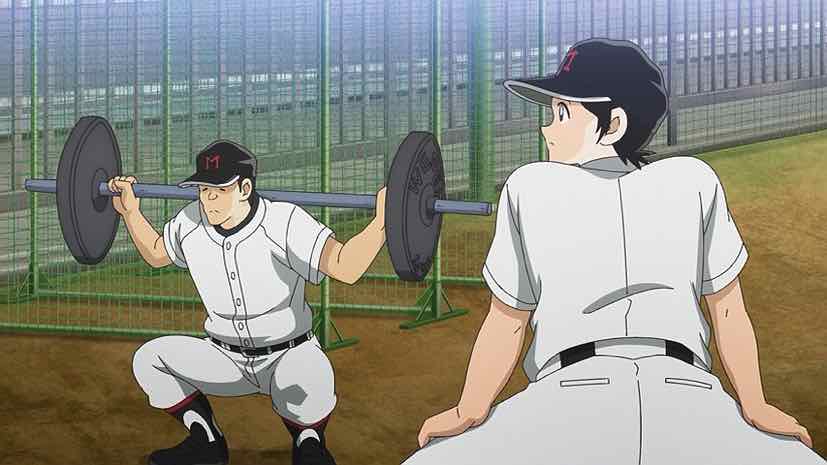
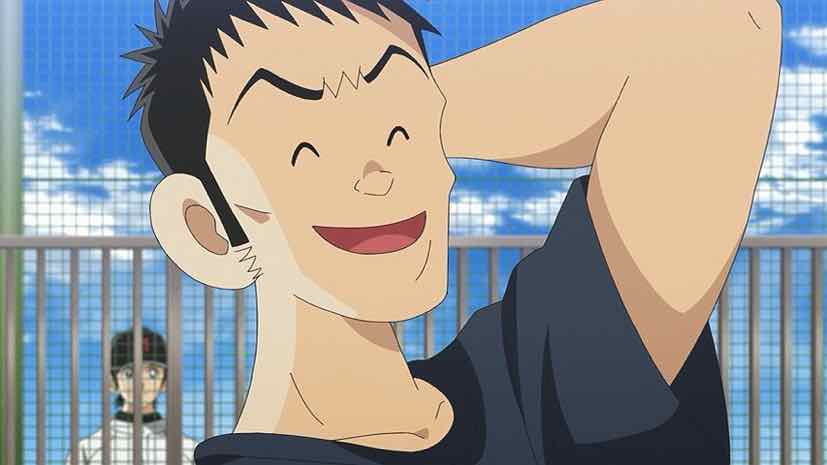
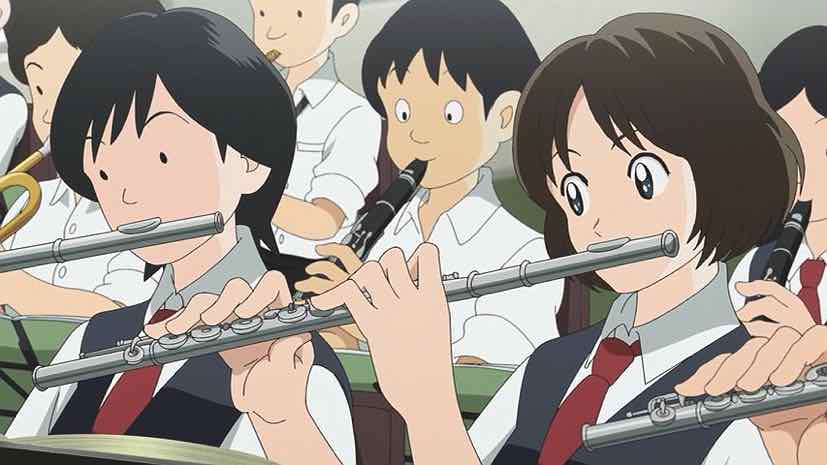

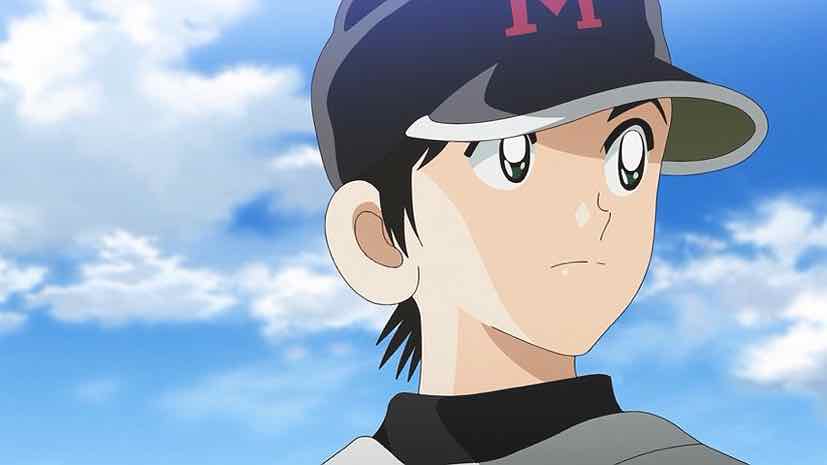
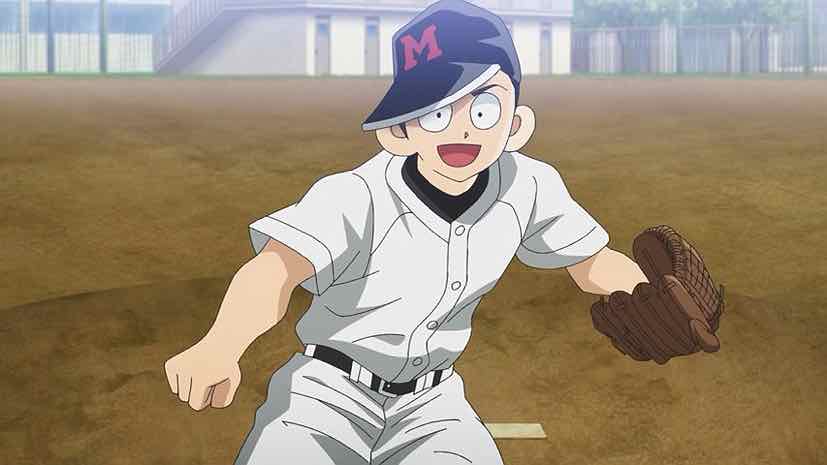
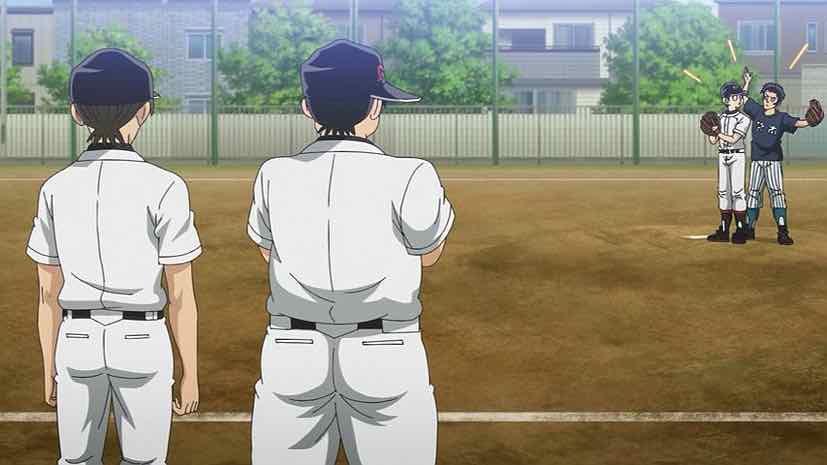

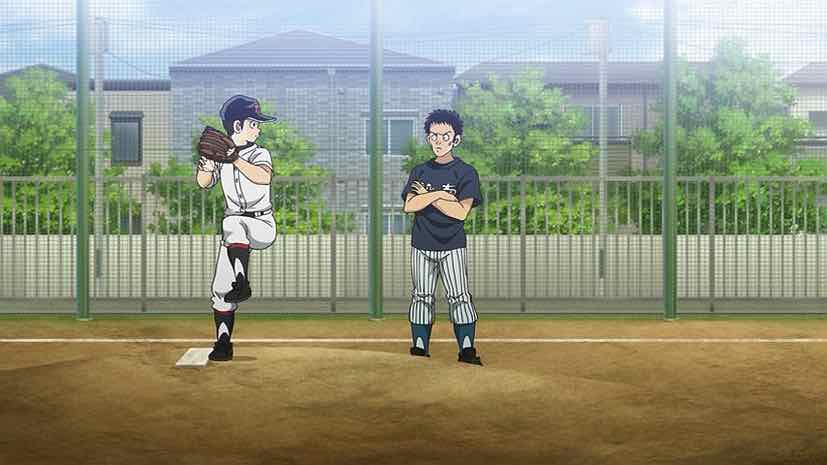


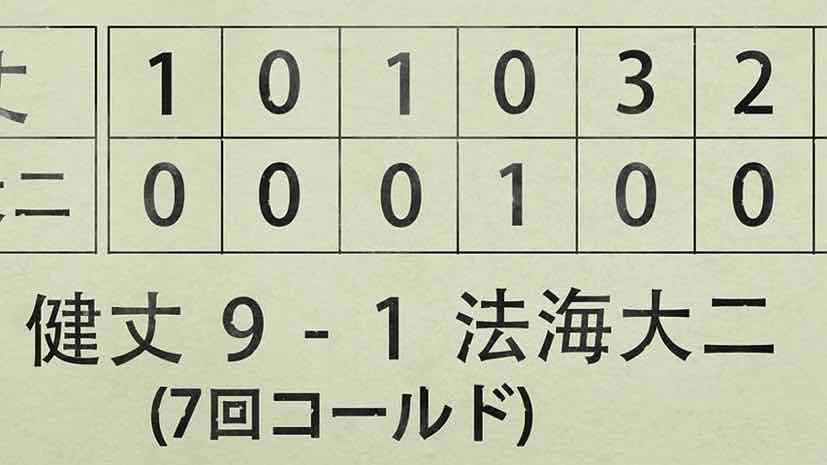
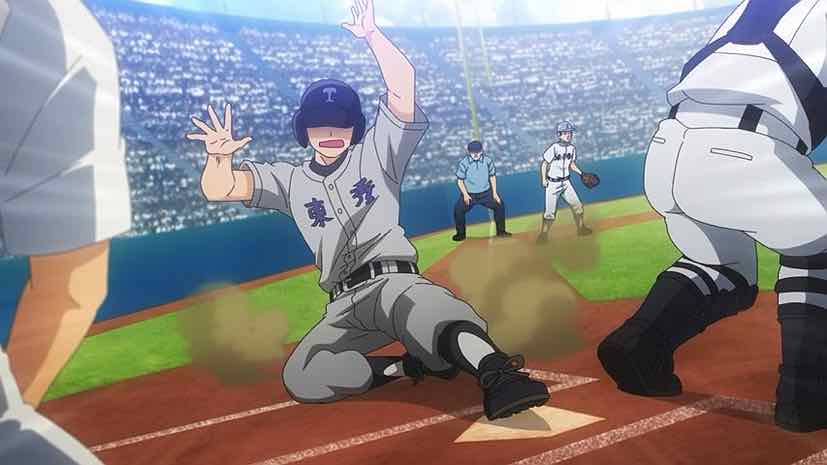

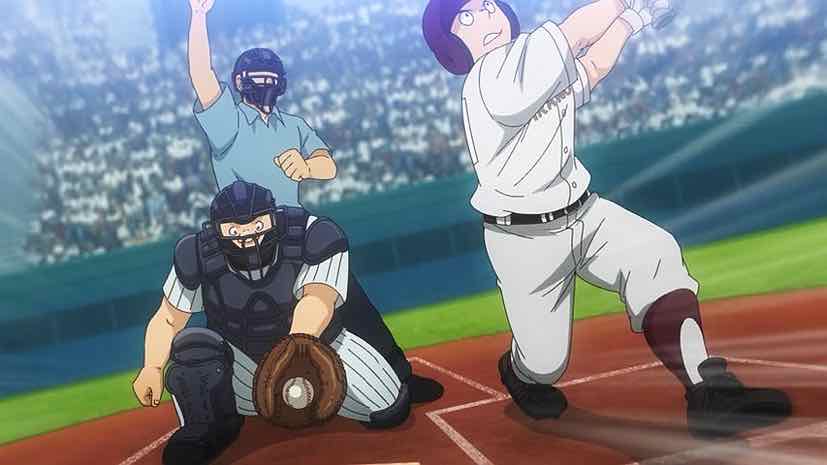
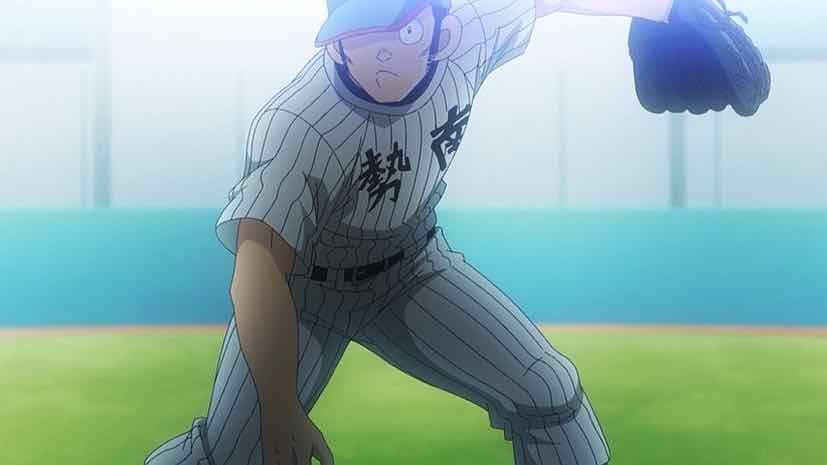
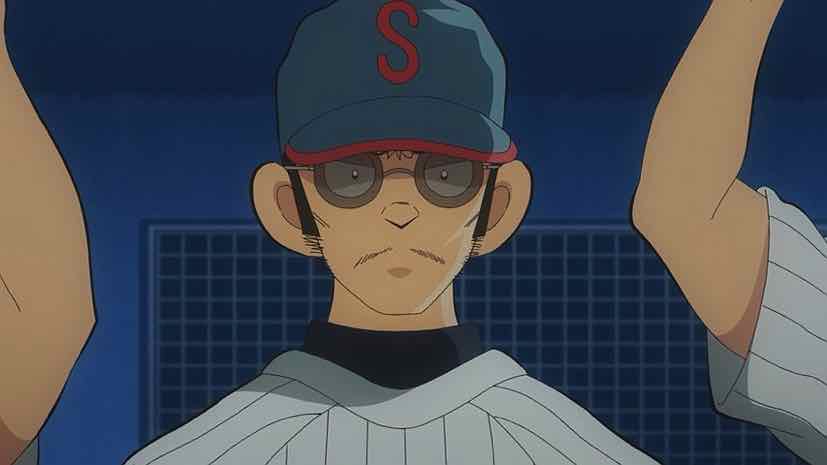
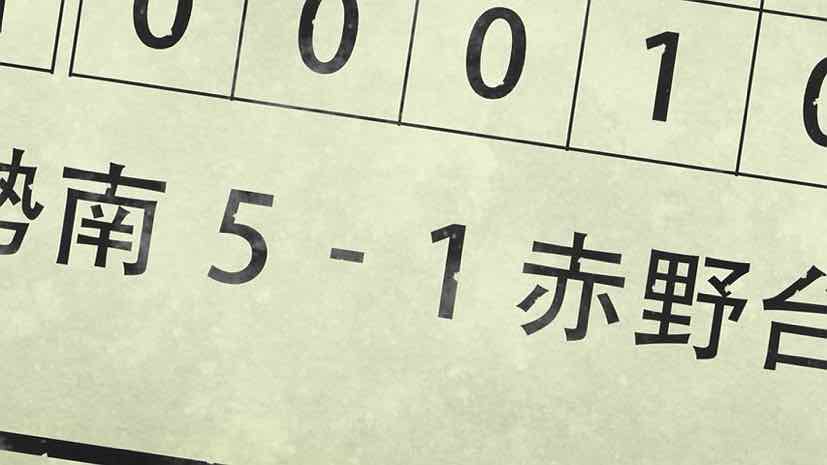
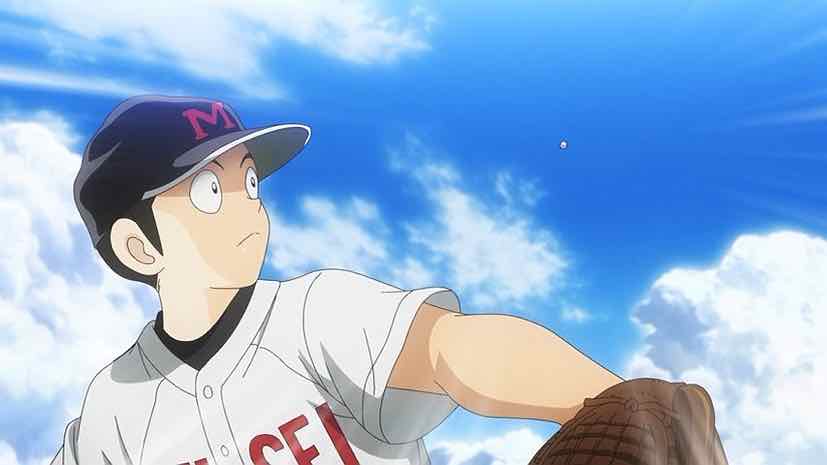
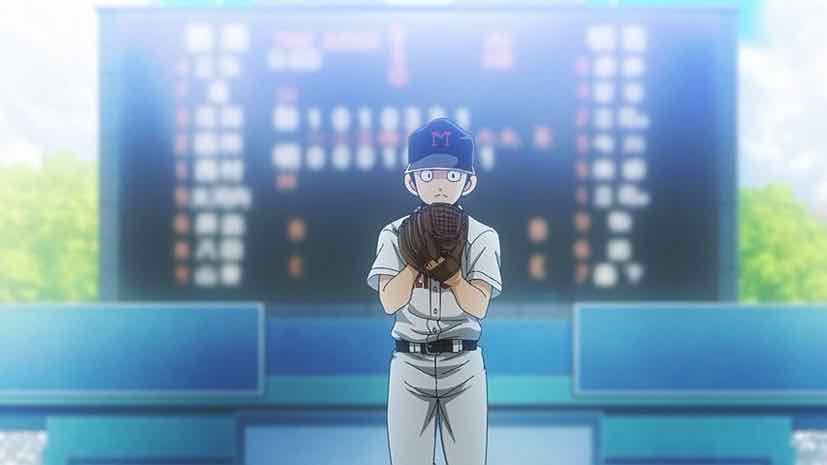
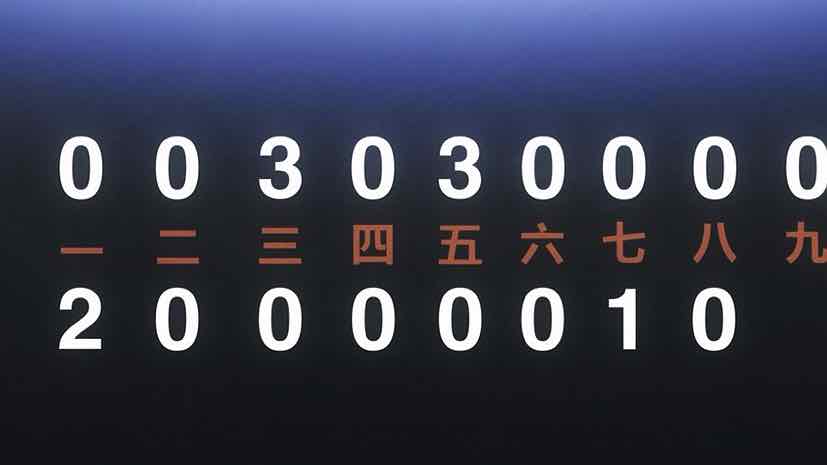
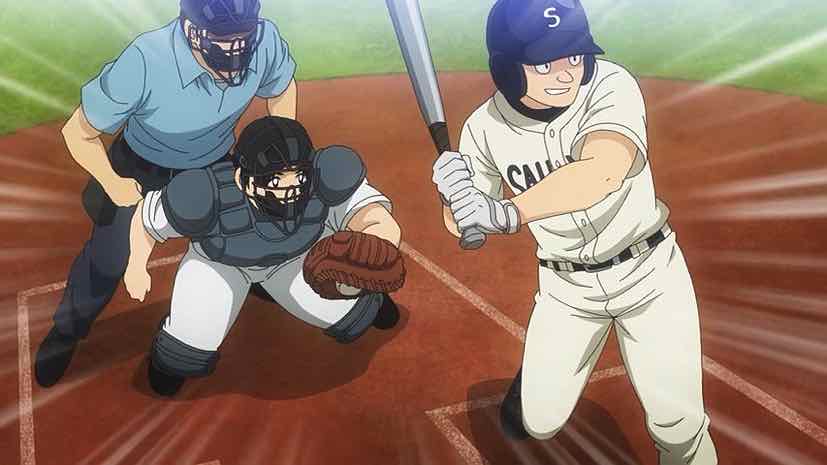
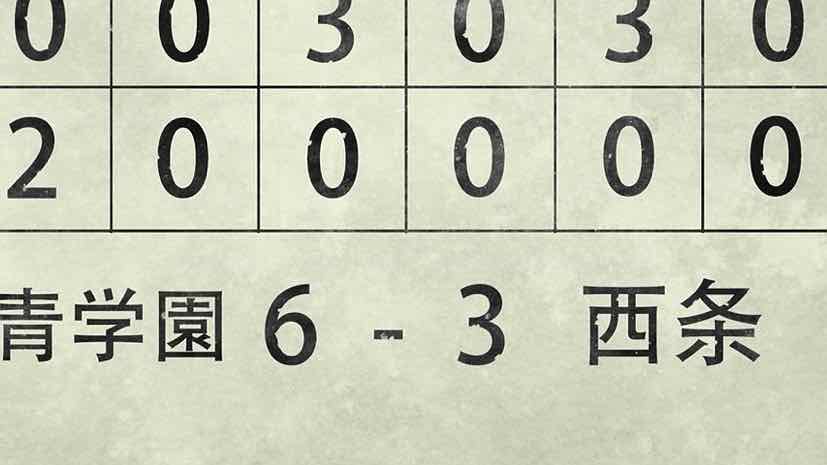


Anchen
August 2, 2023 at 3:02 amSo this comment is pretty late, but seeing Seinan and Nishimura finally against Meisei should be a lot of fun. I guess unlike Meisei Seinan is a total 1 pitcher show for the most part? For better or worse one interesting thing of Adachi series is the rivals tend to only have one true player of note. This is an interesting contrast to many of the more “recent” or “modern” sports manga/anime I would say that tend to develop the opponents as much if not at times more than the main team. Thinking about shows like Haikyuu or Diamond no Ace where the opposing team has like 3-4 players of note a lot of the time. So it’s almost a weird contrast going back to a very classic sports show like Mix that is almost all about the protagonists. Do you have any opinions Enzo in regards to rivals in sports anime? Is it better in a sports sense if the rival teams are more known or is it enough to highlight just one major star usually?
Guardian Enzo
August 2, 2023 at 7:45 amWell, they won their QF with the starter going 7 innings and it wasn’t Nishimura. So they have at least one other starting pitcher who contributes. In the modern game of HS baseball you can’t just have one SP (as it should always have been) and I’m glad Adachi is acknowledging that.
Guardian Enzo
August 2, 2023 at 7:48 amSorry, as to your question…. You left out maybe the ultimate example of that, OoFuri. I don’t expressly prefer one over the other, but I do think in some cases (like OoFuri) it goes over the top. But as an example I think Yowapeda does a great job of giving the opposition distinctive characters and just enough screen time.